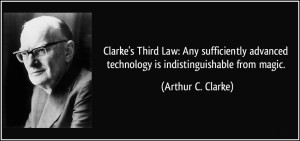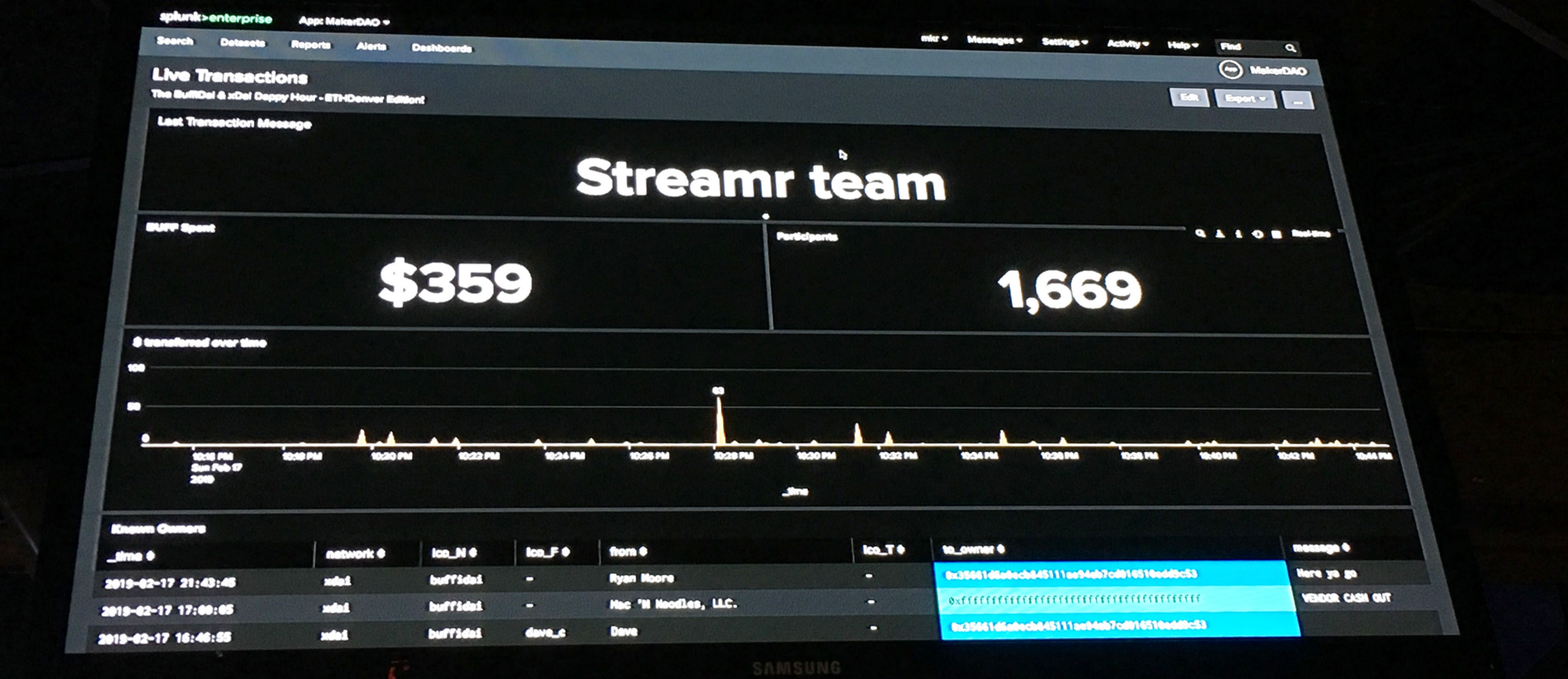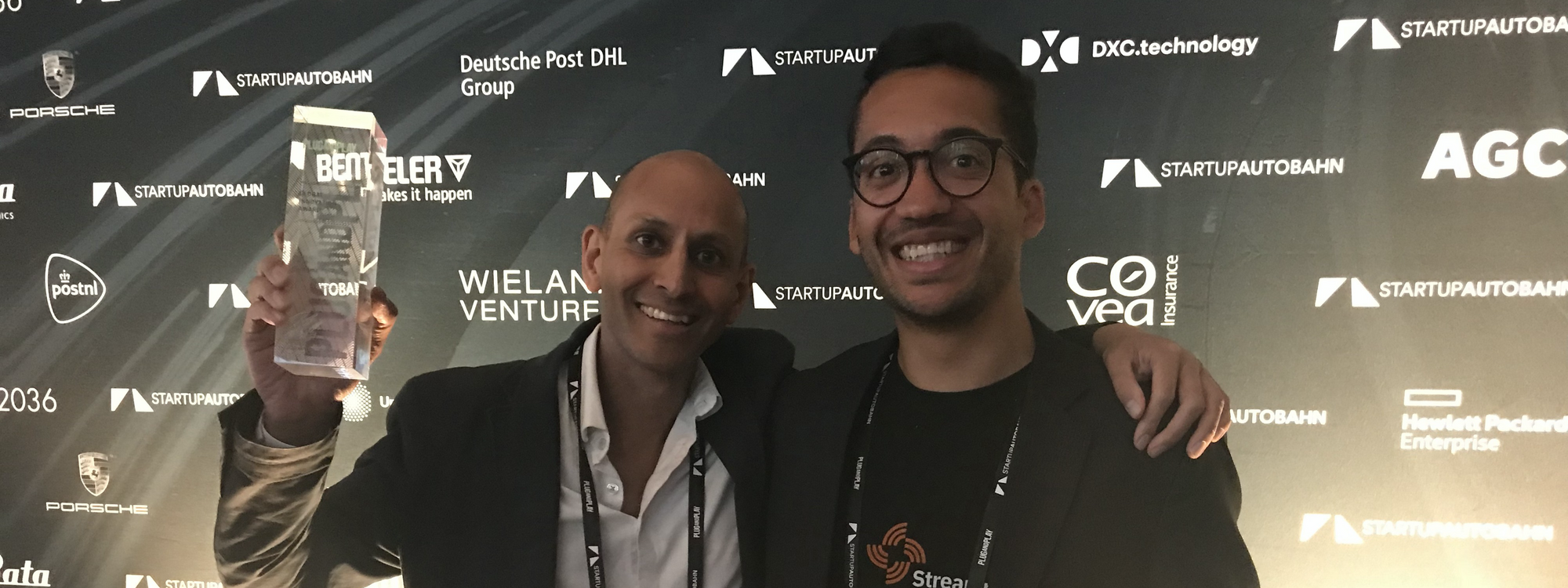Why world-changing ideas are now born in hackathons.

At Streamr, we’re very happy to have recently won the Kone Hackathon 2016 with our telepathic elevator concept. To celebrate that, we decided to share with the world why we think hacking and hackathons are so awesome for coming up with brave new ideas.
Hackers arise from the basement
Of course, hacking hasn’t always been something you celebrate. Ever since the 80s, mainstream media has used the word hacker as a slur for terrifying cybercriminals and basement dwelling teenage hooligans. But the roots of the word are elsewhere.
Hackers first appeared at places like MIT in the dawning age of electronics, with the word meaning hacking away, tinkering, or carving cool solutions for interesting technical problems. These ranged from model railways to telephony and increasingly, computers. Early hackers took pride in making those very primitive computers do as much as possible.
In our age, with everything ran by computers, skilled hackers have become a valuable part of the job market. Why? Because the best innovations come from people who are unstifled by bureaucracy. Hackathons are the perfect way for companies to allow the sort of creative thinking that’s required for seriously revolutionary ideas.
From coder challenges to bureaucracy bashing
The term hackathon first surfaced back in 1999, when it was used simultaneously to describe an OpenBSD open source UNIX project and a Java related challenge at Sun Microsystems. Now that the internet’s everywhere, these intense and marathon-like events have become hugely popular. No wonder, because for something that usually lasts anything from just a few hours to a weekend, the results tend to be very impressive. In fact, even Facebook’s like button is the end product of a hackathon, as is its newsfeed, as is tagging people in comments!

Facebook is just the kind of company that already loves the hackathon model — and the hacker mindset. And it’s not alone. Other companies that swear by hackathons include Google, Yahoo, Microsoft, Salesforce, Amazon, BBC, NASA, LinkedIn, Zappos, and Shutterstock. We’re not in any way surprised either that several high-flying startups have been conceived during hackathons, with EasyTaxy, FashionMetric and the Skype acquired GroupMe being just some of the best known.
It’s understandable, then, that the hackathon model is rapidly expanding to non-technical areas, too. A couple of weeks ago a group of organizations in Helsinki hosted a hackathon on basic income policy hacking. They asked participants to think of a policy that allows a simplified, bureaucracy slashing model for social security to be combined with extra benefits.
The good hack goes mainstream
The Finnish company Industryhack, which has created a successful business around organizing hackathons and was also behind the Kone event, is confident that more and more traditional companies will soon embrace the hackathon model.
“Hackathons are great for encouraging new innovations and ideas, as long as the host company is committed and gives access to resources that aren’t normally available to outsiders. To make our own hackathons more compelling to participants, we usually require our customers to invest in the future development of the ideas, too,” Vilén says.
Concepts from Industryhack hackathons that have so far become reality include Cybercom’s Machinebook, a shared social network for humans and machines for improving maintenance, and Lassila & Tikanoja’s kimppanouto.fi service, with which you can get your unwanted possessions picked up for recycling. The latter is currently in beta testing.
Big, bold thinking makes magic
So, what about the Kone Hackathon? As Arthur C. Clarke once wrote, any sufficiently advanced technology is indistinguishable from magic. Our magic was to invent a telepathic elevator, which would totally eliminate calling the elevator and waiting for it.

As Henri Pihkala, our CTO, puts it, “we thought about how Kone’s vision of perfect People Flow would work in the movies. How would James Bond use an elevator? He would simply leave his apartment and an elevator would magically appear, just in time for him to elegantly walk right in.”
We decided to think big and that paid off, with Kone giving us not just the top prize but also a big thumbs up for our attitude.
“Streamr were the boldest and came up with a concept showing innovative thinking for a truly exceptional end-user experience,” says Jukka Salmikuukka, Kone’s Director of New Business Concepts.
The starting point for something great
In the words of Henri, the Kone hackathon was just a starting point: “the real work starts after the event.” Here at Streamr we’ll be doing our utmost to make the elevator happen, and it’ll be fascinating to co-operate with one of Finland’s largest corporations to achieve that.
Whatever happens, we’re confident this won’t be the last hackathon in which we participate. In fact, we find the model not just compelling but also rather addictive. Might it be the case that us creative developers thrive on impossible deadlines, stealthily snatched victories and sleep-deprived success rather than a 9–5 schedule and a safe monthly salary? Whether you agree or disagree, we’d love to hear your thoughts in the comments below.
[add-to-calendar-button startDate=”2024-08-14″ timeZone=”Europe/London” startTime=”09:00″ endTime=”10:30″ name=”Streamr: Meet the Council & AMA” options=”‘apple’,’google’,’ical’,’outlookcom’,’ms365′,’yahoo'”]









